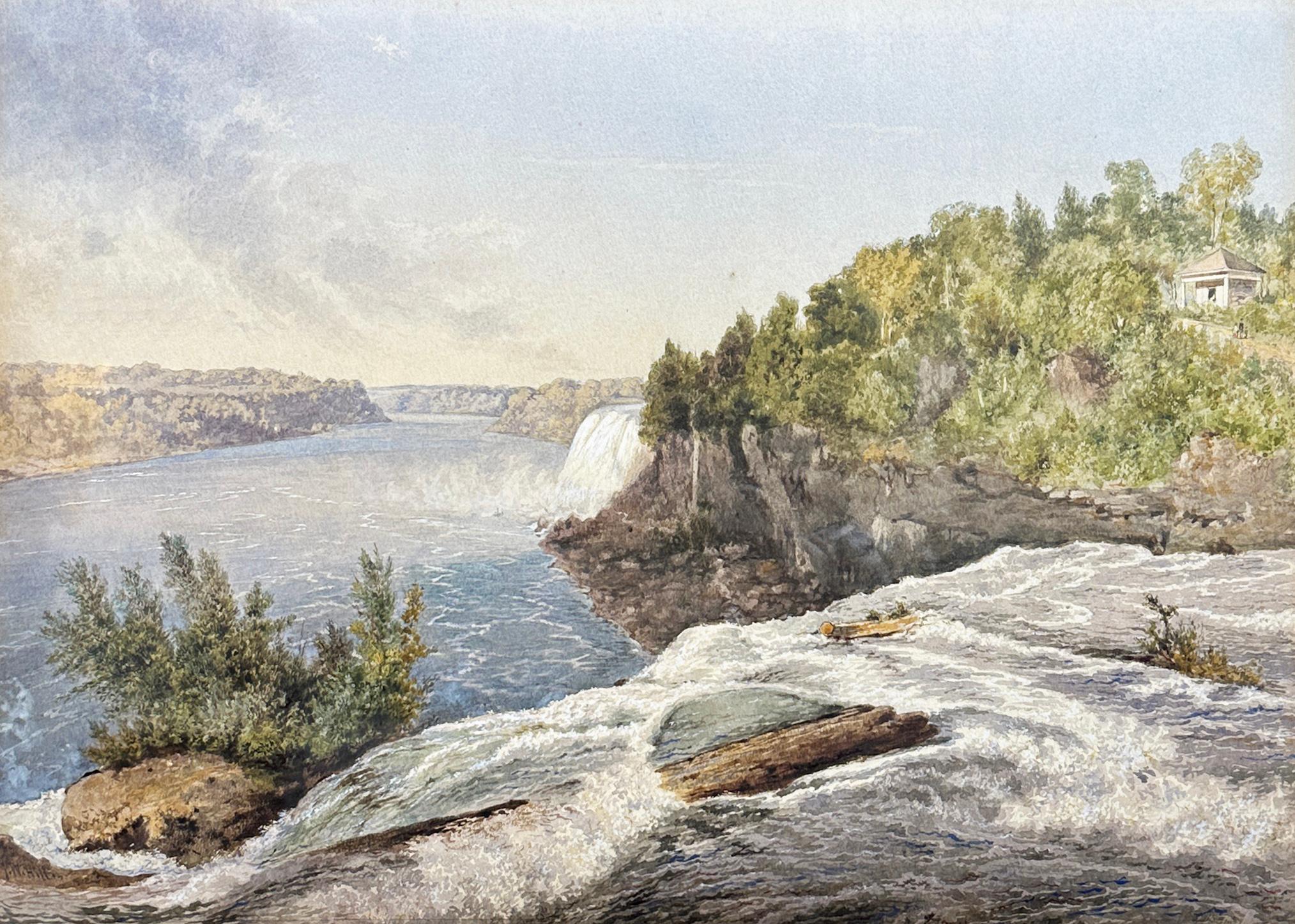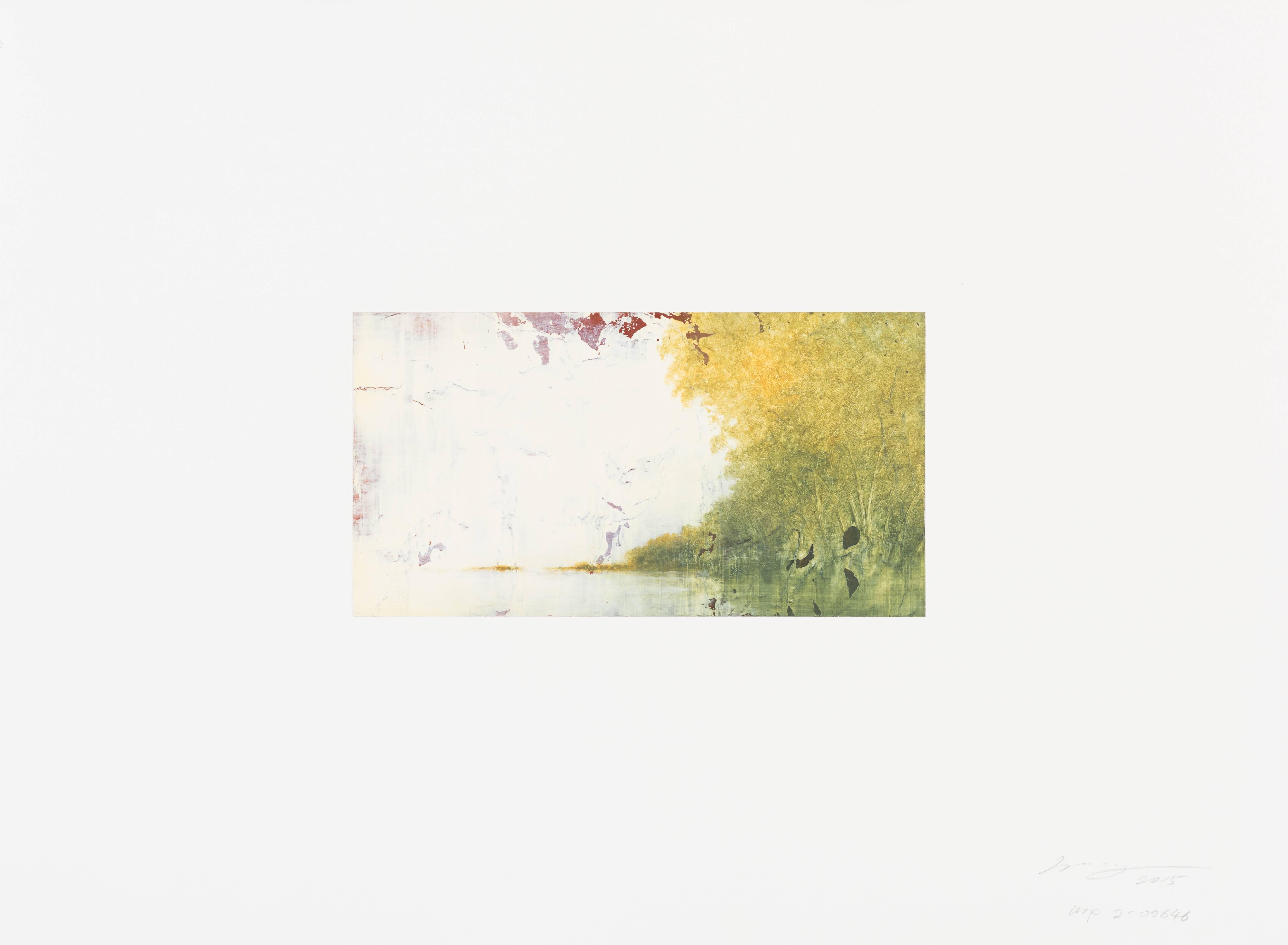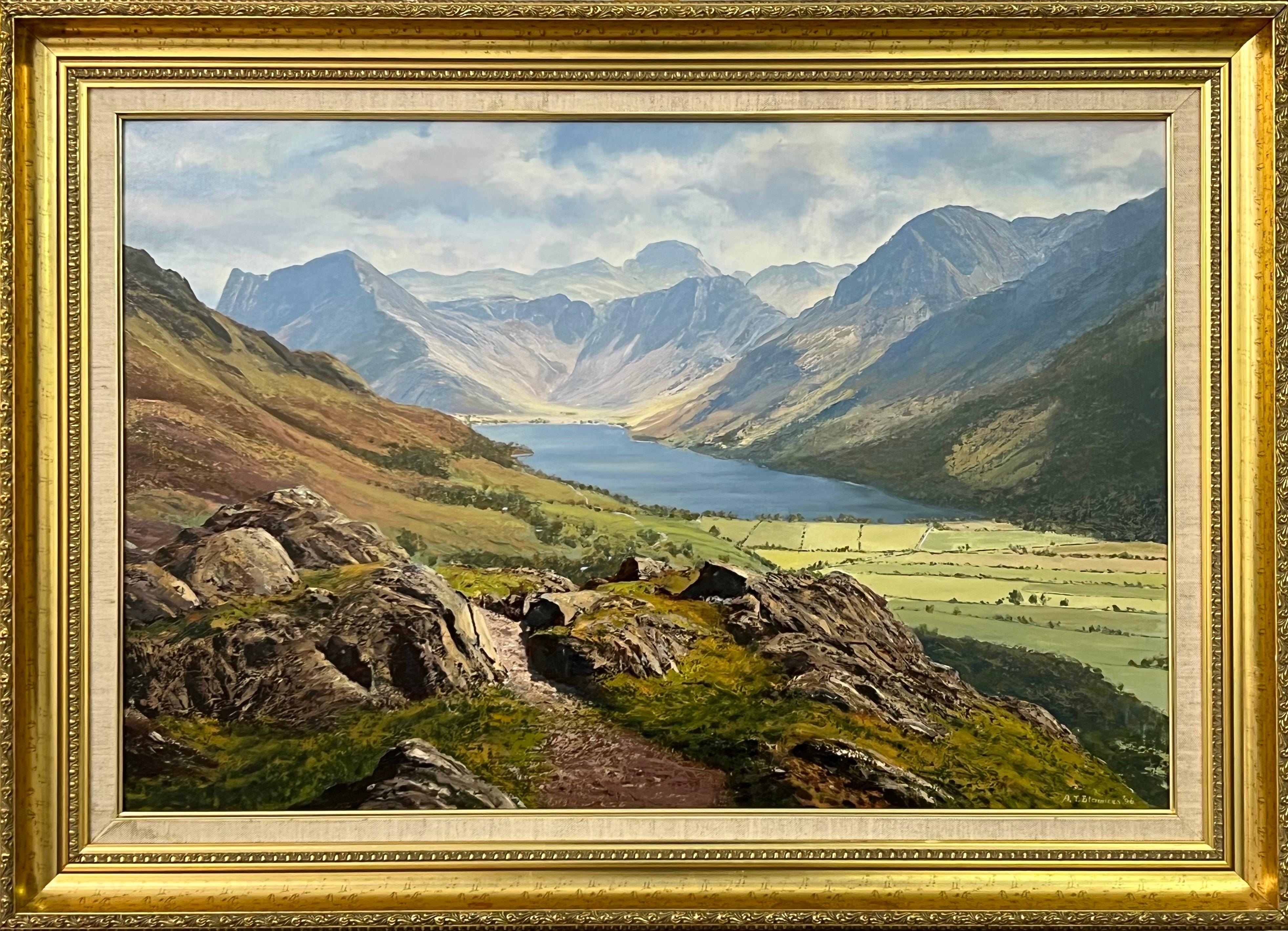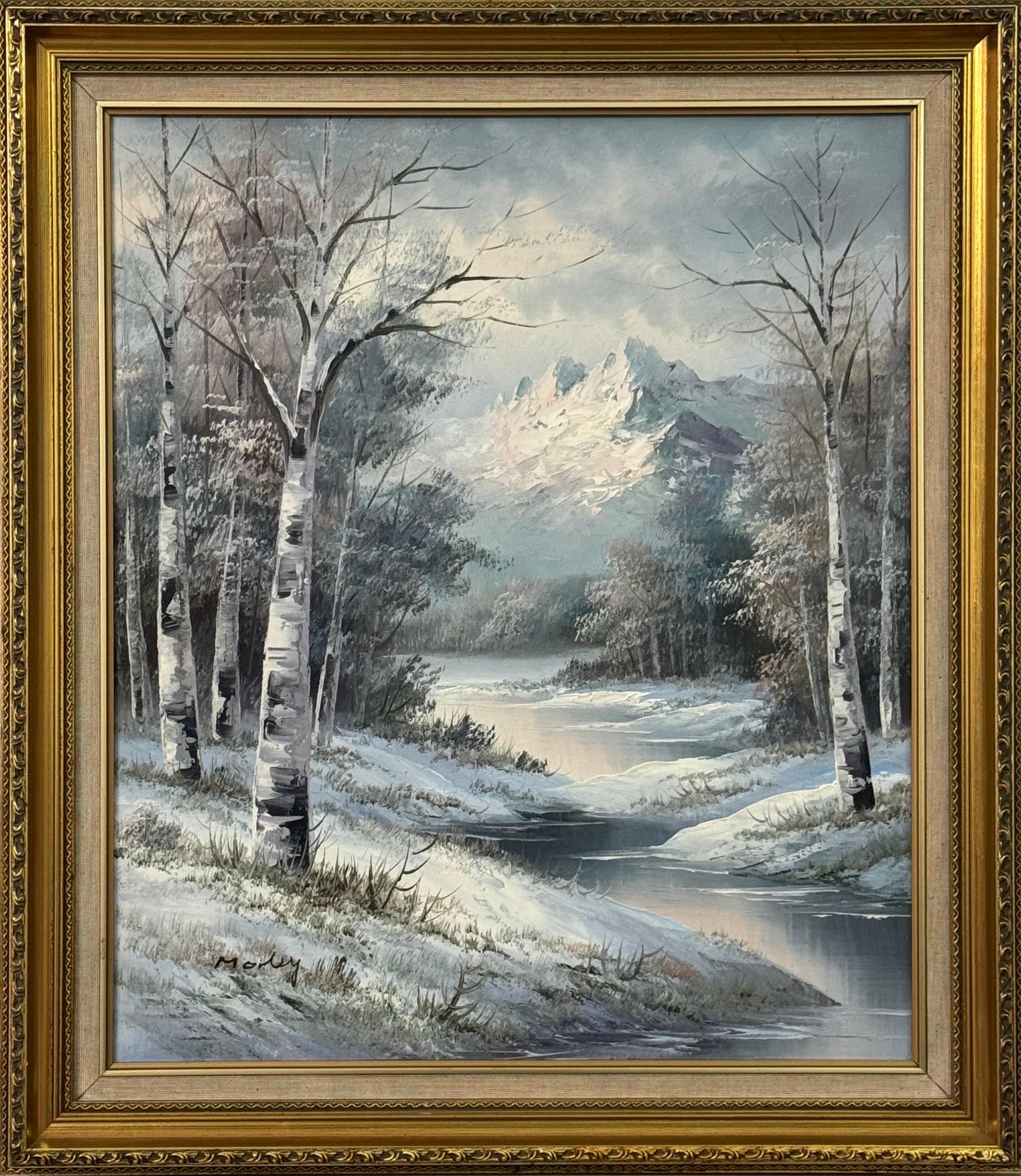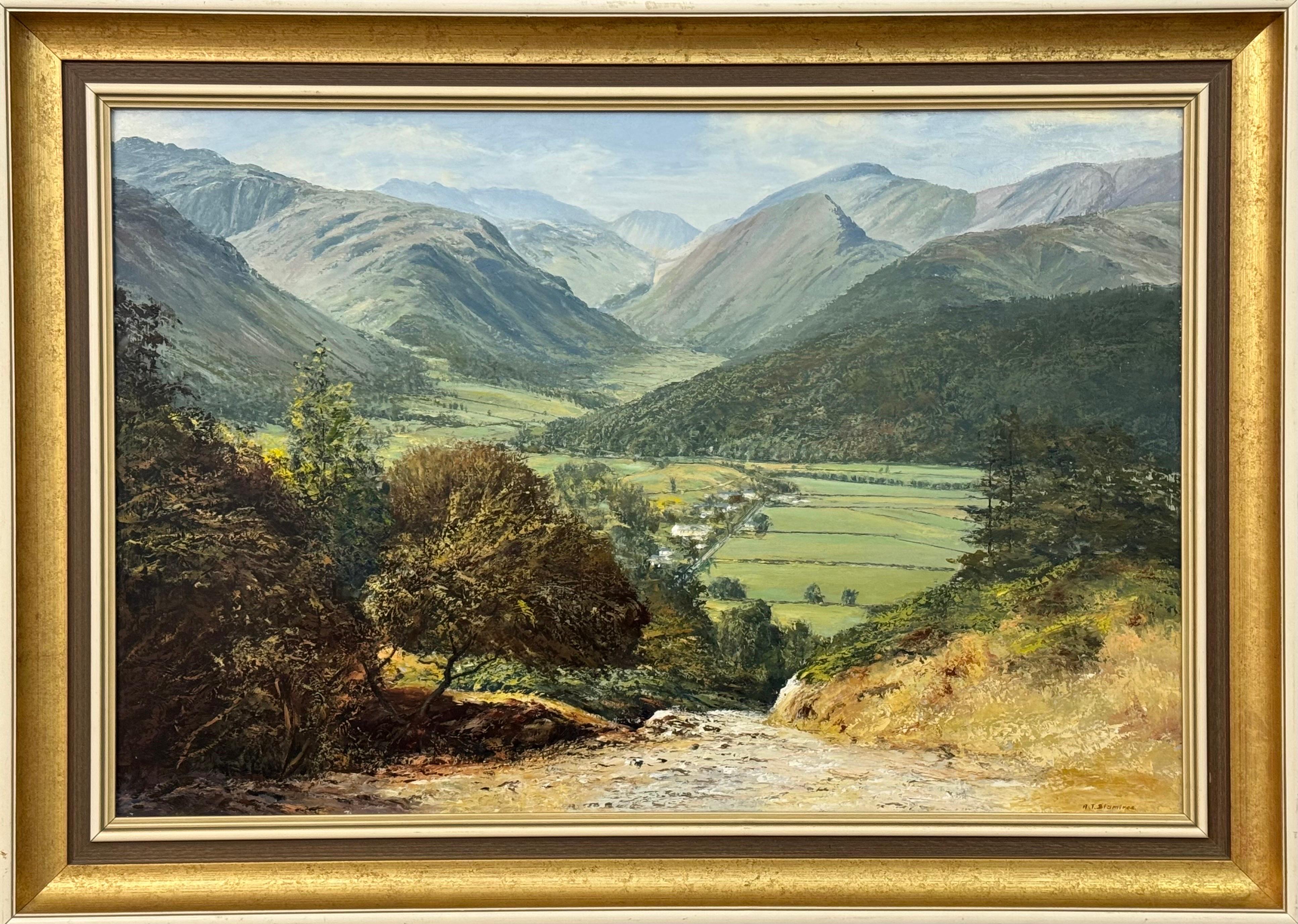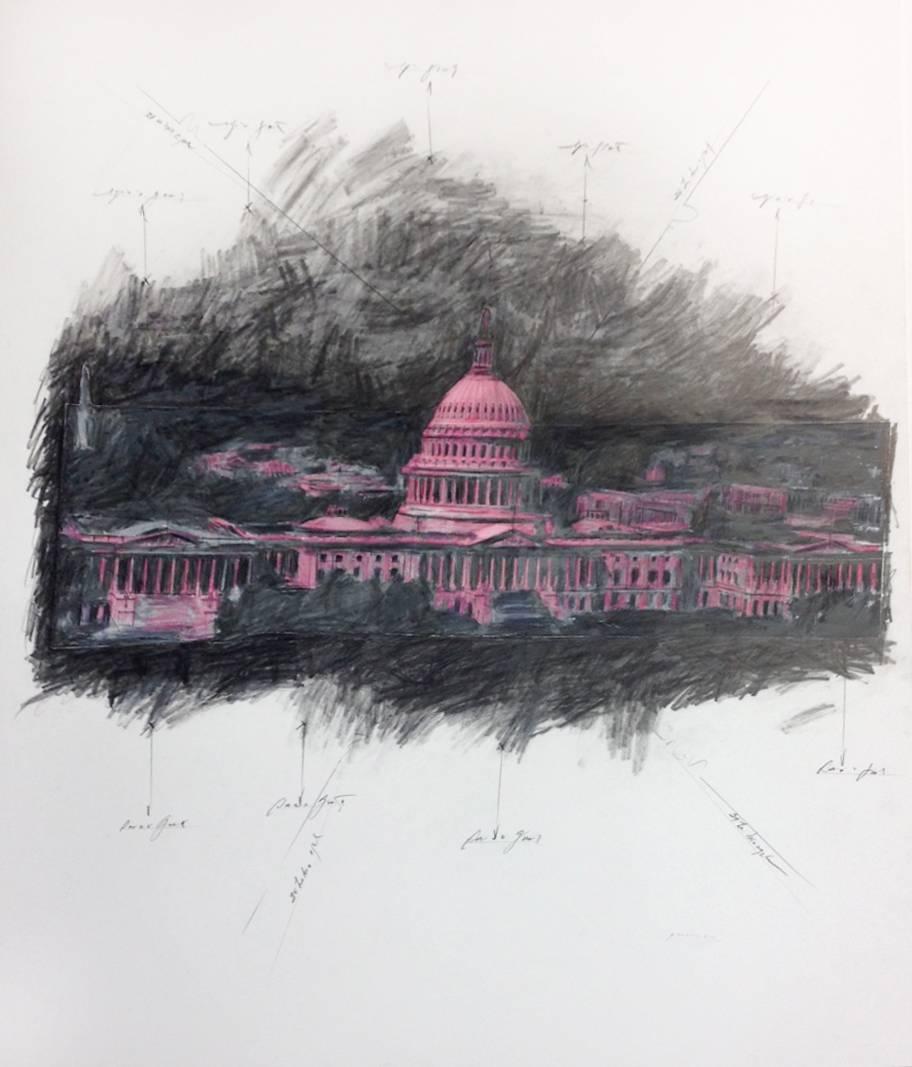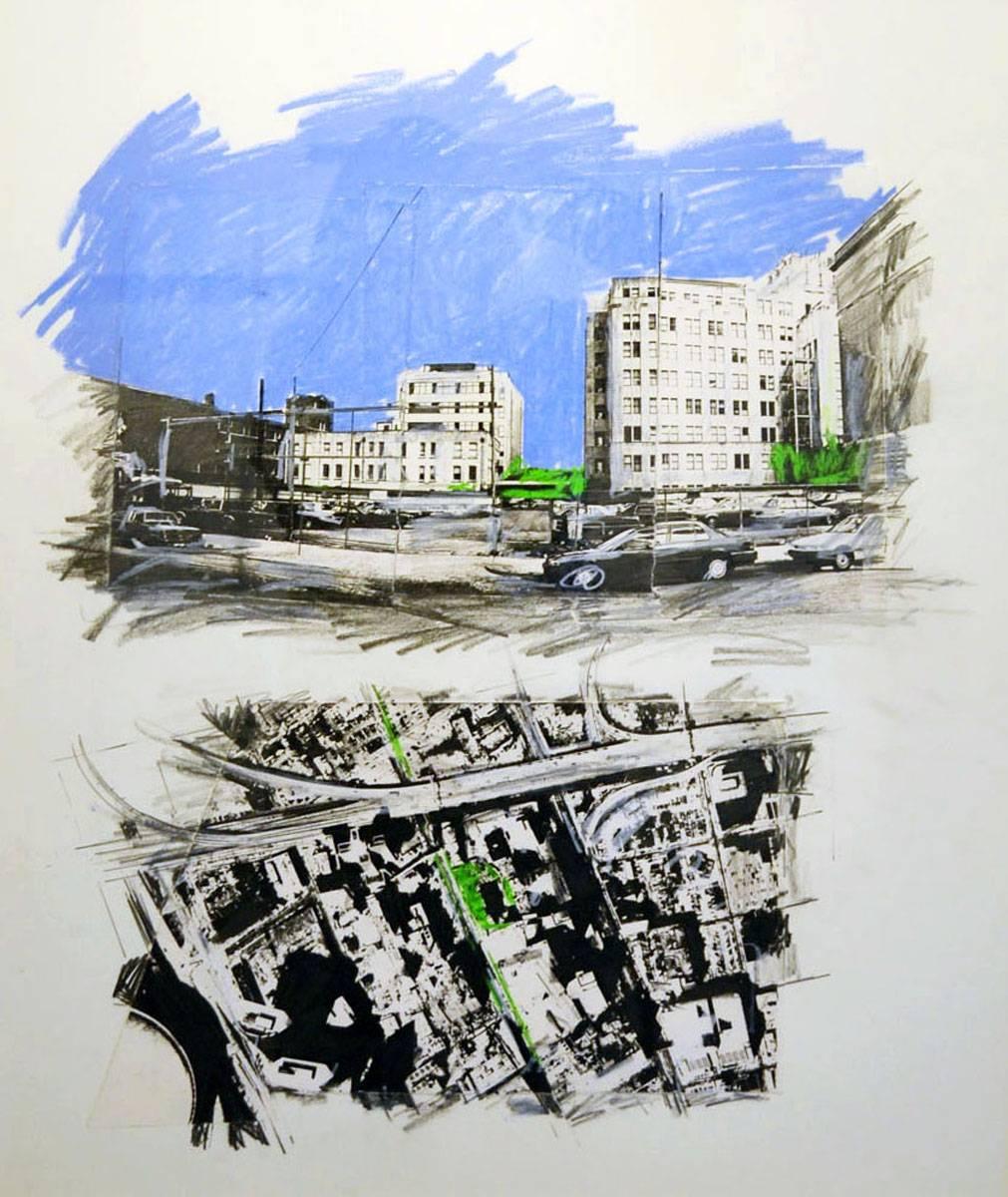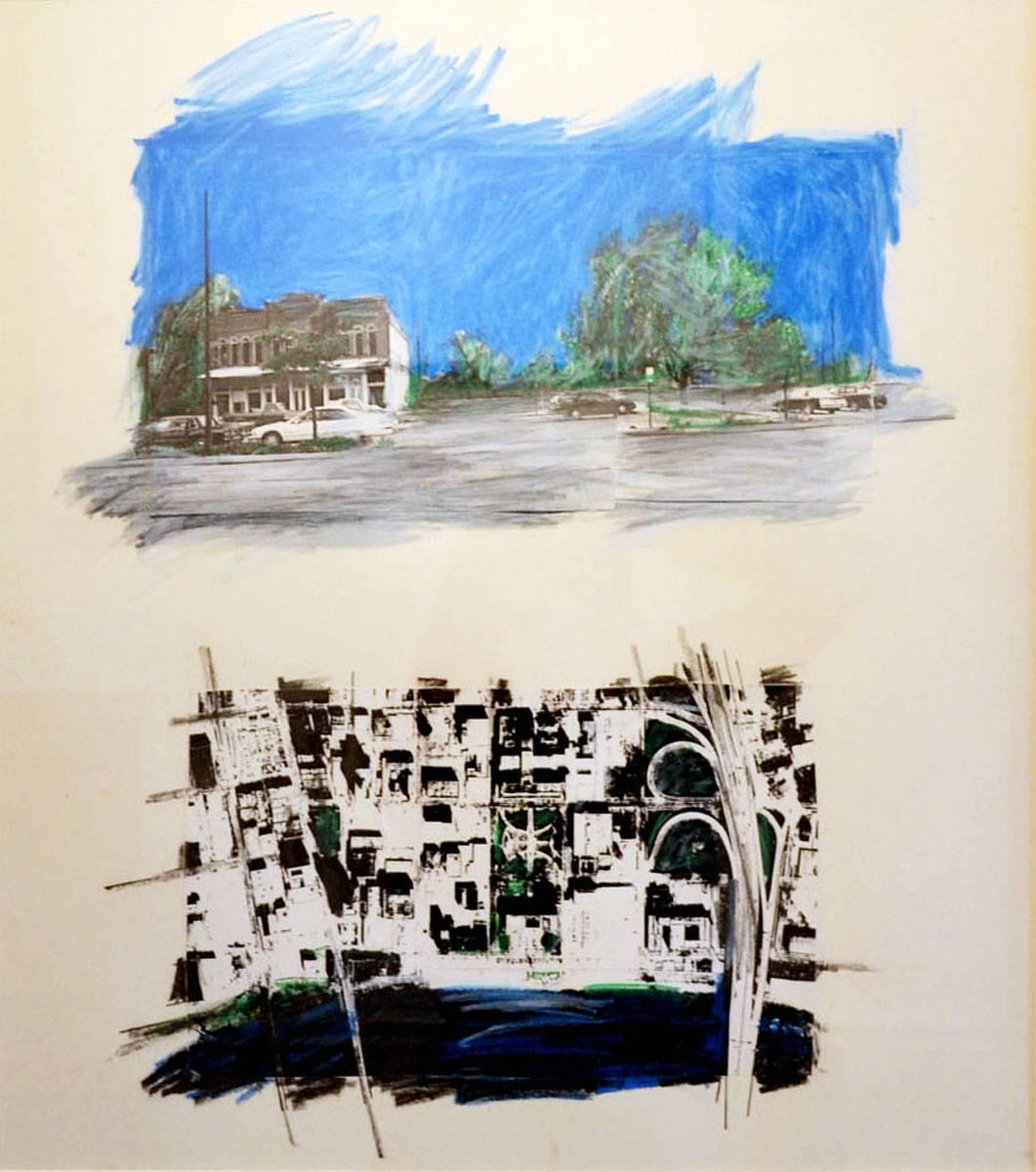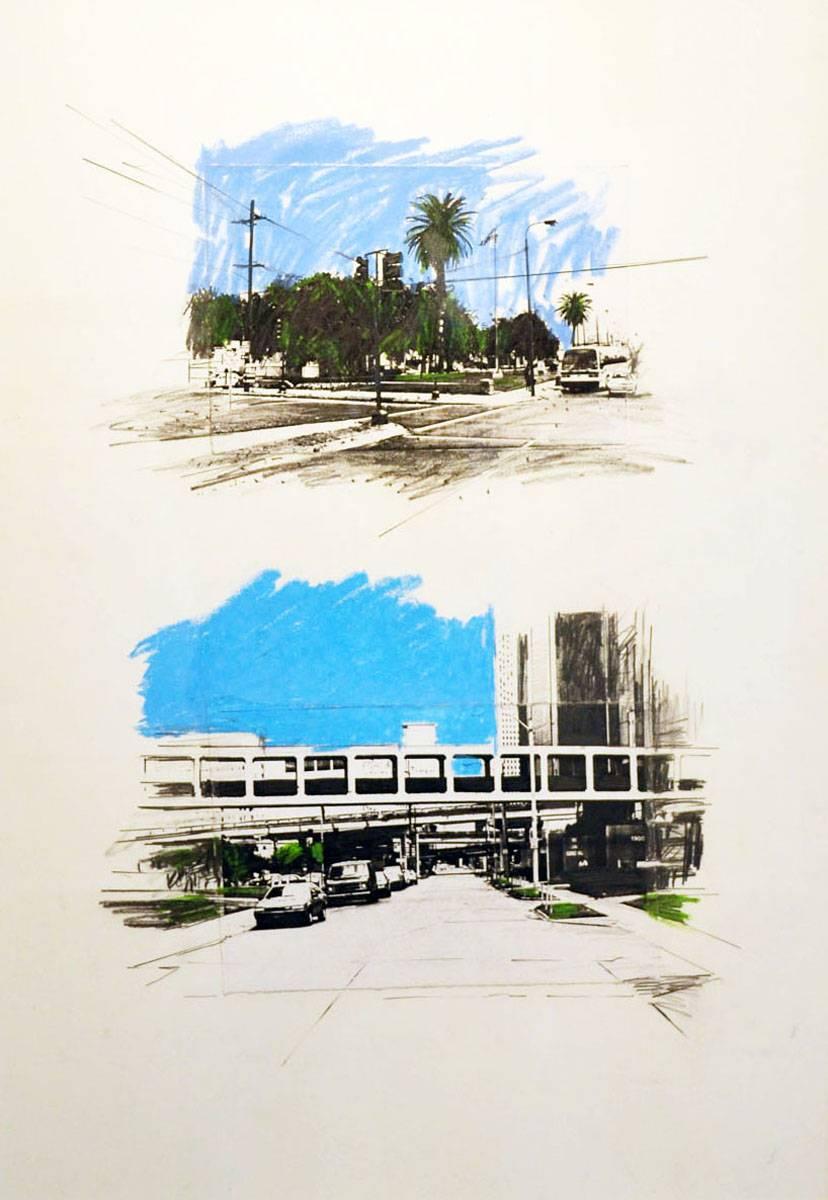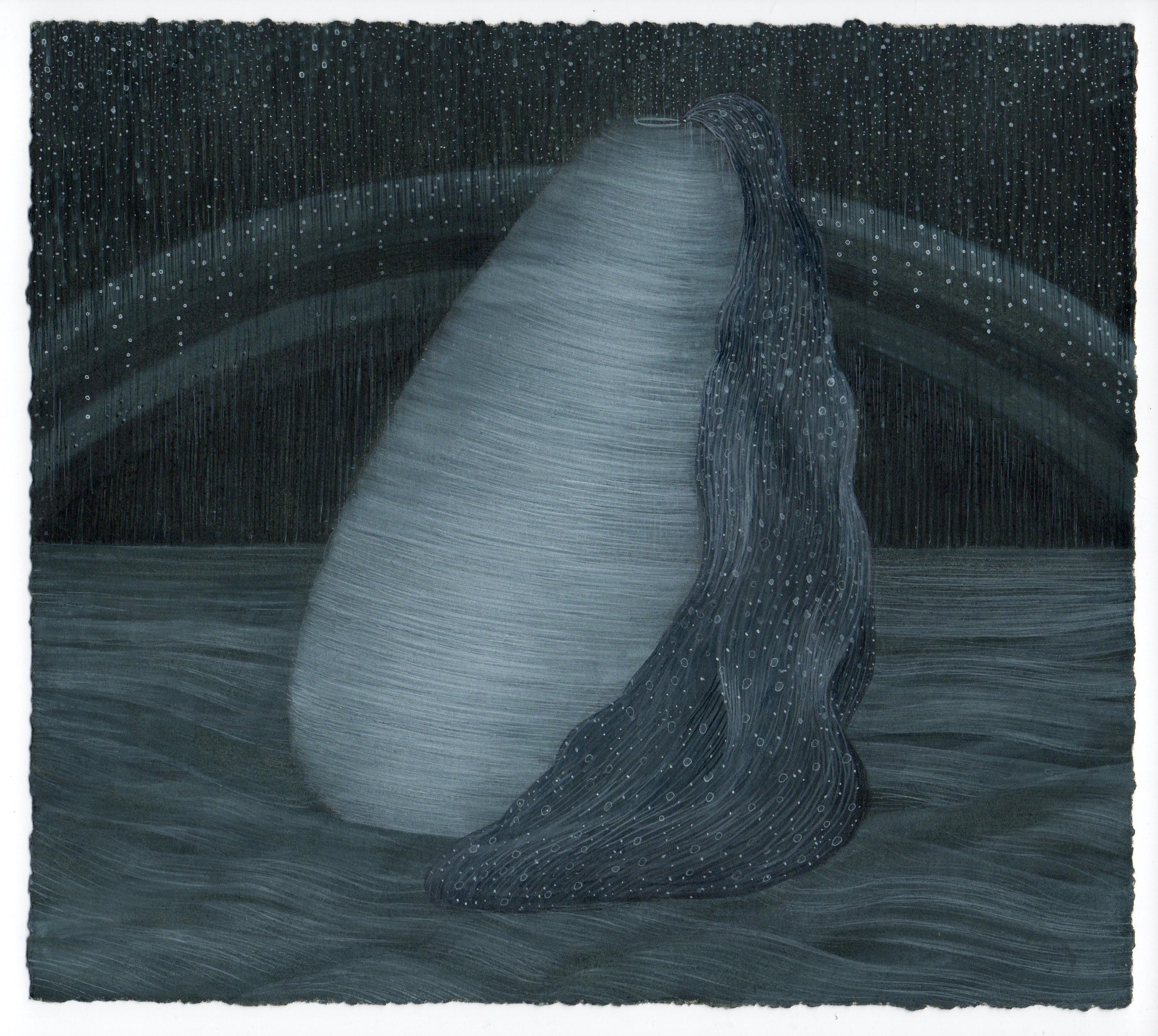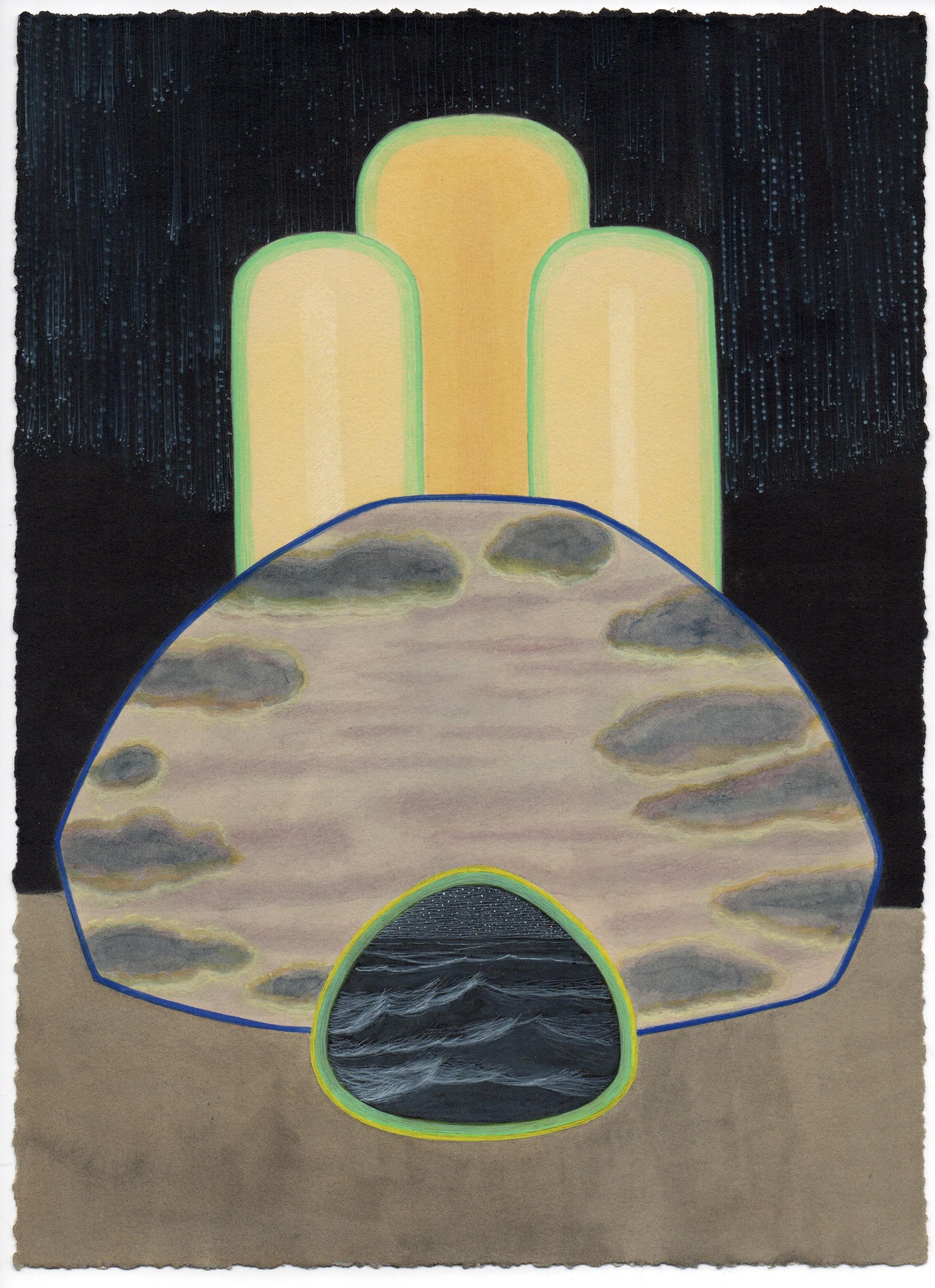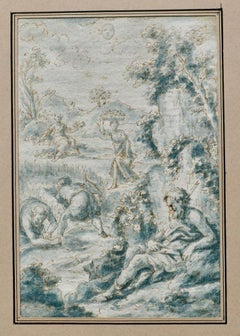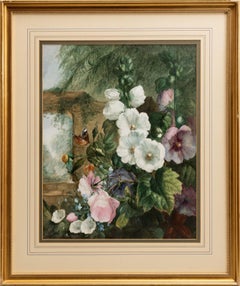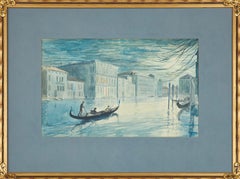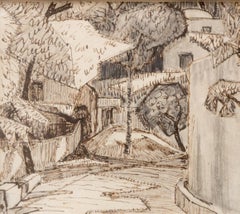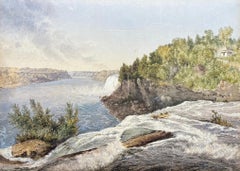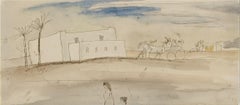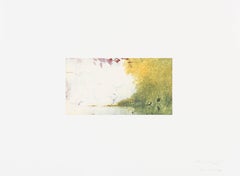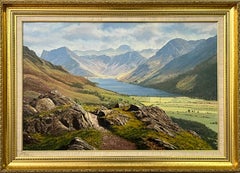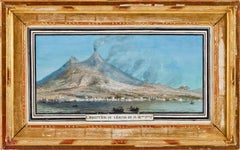
Eruption of Vesuvius 1776
View Similar Items
Want more images or videos?
Request additional images or videos from the seller
1 of 10
UnknownEruption of Vesuvius 17761776
1776
$3,779.38List Price
About the Item
- Creation Year:1776
- Dimensions:Height: 13.98 in (35.5 cm)Width: 22.05 in (56 cm)Depth: 1.38 in (3.5 cm)
- Medium:
- Movement & Style:
- Period:1770-1779
- Condition:The gouache in very nice condition. The frame with a few chips of the gilt which can easily be fixed.
- Gallery Location:Stockholm, SE
- Reference Number:1stDibs: LU2608216022272
About the Seller
5.0
Gold Seller
Premium sellers maintaining a 4.3+ rating and 24-hour response times
1stDibs seller since 2023
20 sales on 1stDibs
Authenticity Guarantee
In the unlikely event there’s an issue with an item’s authenticity, contact us within 1 year for a full refund. DetailsMoney-Back Guarantee
If your item is not as described, is damaged in transit, or does not arrive, contact us within 7 days for a full refund. Details24-Hour Cancellation
You have a 24-hour grace period in which to reconsider your purchase, with no questions asked.Vetted Professional Sellers
Our world-class sellers must adhere to strict standards for service and quality, maintaining the integrity of our listings.Price-Match Guarantee
If you find that a seller listed the same item for a lower price elsewhere, we’ll match it.Trusted Global Delivery
Our best-in-class carrier network provides specialized shipping options worldwide, including custom delivery.More From This Seller
View AllAllegory of Summer, 17th Century Italian Sepia and Watercolor Drawing
Located in Stockholm, SE
A fine Italian watercolor and sepia drawing, an allegory of summer. People harvesting, eating and drinking in a hilly landscape, probably by Antonio Grano (c.1669-1718). In the fron...
Category
Late 17th Century Italian School Figurative Drawings and Watercolors
Materials
Paper, Ink, Watercolor
Hollyhocks and Roses in a Garden with Butterfly
Located in Stockholm, SE
This is a beautiful and highly decorative watercolor painting, featuring a charming garden scene filled with pink and white hollyhocks alongside blooming roses. Nestled among the del...
Category
Late 19th Century Naturalistic Still-life Drawings and Watercolors
Materials
Paper, Watercolor
Moonlight Scene in Venice with Gondola
Located in Stockholm, SE
Watercolor painting depicting a nocturnal scene of Venice, featuring a gondola gliding slowly through the water under a full moon, by Karl Bergquist. Signed and dated "K Bergquist Ve...
Category
1920s Other Art Style Landscape Drawings and Watercolors
Materials
Paper, Watercolor
Positano
Located in Stockholm, SE
Ink and watercolor drawing by Carl Palme, dated 1921 and signed "CP," captures the narrow alleys of Positano. According to a note on the reverse, it is a study for an oil painting measuring 70x60 cm. Works from the early 20th century by Carl Palme are rare, making this piece particularly significant.
Drawing 20x24cm. With frame 34x36cm
Carl Adolf Palme (1879 – 1960) was a Swedish painter, draftsman, printmaker, and author. Born in Stockholm to bank director Henrik Palme and Anna Lavonius, he grew up on the Svalnäs estate, which is now a guest home and senior residence.
Palme's artistic education began in London at the Slade School of Fine Art (1900–1901). He then studied at Wassily Kandinsky's art school in Munich from 1902 to 1904. In 1907, he moved to Paris and became the first Swedish student of Henri Matisse. Palme was instrumental in founding the Académie Matisse, a collective of young Swedish and Norwegian artists who rented a large studio in Paris. Matisse visited weekly to critique their work. This group included notable artists such as Isaac Grünewald, Sigrid Hjertén, and Einar Jolin...
Category
1920s Other Art Style Landscape Drawings and Watercolors
Materials
Paper, Ink, Watercolor
A Serene Dawn by the Lake with Villagers
Located in Stockholm, SE
A Tranquil Dawn by the Lake
A serene, wind‑still dawn scene in watercolor: a woman and a man in a small boat moored to a jetty, both with their backs to the viewer as they tend to th...
Category
1840s Other Art Style Landscape Drawings and Watercolors
Materials
Paper, Watercolor
Mountain and Lake View, Gruyères
Located in Stockholm, SE
A watercolor depicting a mountain view and the lake Gruyère, (Lac De La Gruyère) in Switzerland by the American Impressionist and Tonalist Mary Rogers Williams (1857–1907). Signed M.R. Williams. On the verso, the artist wrote: ‘Painted in Gruyère July 1902.’ This is a newly discovered work by a rare woman artist who seldom appears on the art market. Small in scale, yet rich in atmosphere, power, and depth—a genuine little gem.
Mary Rogers Williams was born in 1857, in Hartford, Connecticut, the fifth of six children to a local baker. Orphaned by the age of fourteen, she pursued art with remarkable determination, studying at Hartford’s Decorative Art Society and the Art Students League in New York under William Merritt Chase. Her early mentor was James Wells Champney.
In 1888, she joined Smith College as associate professor of art, where she taught for nearly twenty years to help support her family. Alongside her academic career, she maintained a serious and evolving artistic practice, though much of it was pursued within the limitations of her era’s gender roles and financial pressures.
Her work is often classified as a blend of Tonalism and Impressionism—movements that were just taking shape during her lifetime. Tonalists used subdued palettes to evoke mood rather than detail, while Impressionists leaned toward brighter colors and broader subjects. Williams, working independently of art-world factions, forged a style rooted in mood, light, and atmosphere. She painted luminous pastels, watercolors, and oils—portraits, landscapes, and intimate studies of daily life.
Despite knowing figures like Whistler, William Merritt Chase, and Childe Hassam, she rarely aligned herself with any artistic “school” and found many male contemporaries pretentious or repetitive. She famously dropped out of Whistler’s Paris school, calling him “a pompous fop surrounded by fawners.” Though Mary Cassatt and Williams were both American Impressionists living in Paris, they never met—Cassatt enjoyed wealth and elite circles, while Williams was a self-reliant educator without patrons.
Williams traveled extensively throughout Europe—from the Arctic Circle to the ruins south of Naples—often alone or with her sister. She bicycled through fjords, hiked to medieval towns, and visited chateaux and harbors, all while sketching prolifically. She is likely the only 19th-century woman artist whose travels and daily life can be traced in such vivid, personal detail: what she ate, how she felt about fellow travelers, what she paid for trams, how the air smelled, what she wore, and how she missed home.
She documented everything—museum visits, church restorations, conversations with hotel guests, and her frustrations with men’s treatment of women artists. These letters, rediscovered in 2012 in a family boathouse, provide an extraordinary insight into not only her art but the intellectual and emotional texture of her life.
Her writings reveal not only artistic insight but the immense workload she carried. At Smith, she taught studio art and art history, organized faculty events, curated student exhibitions, wrote essays, handled housework, and even cooked and cleaned for her own lodgings. On vacations, she cooked for her family; in Europe, she waxed floors, painted walls, repaired clothing, and stoked fires—all while maintaining her painting and travel schedule.
Unlike many of her male peers, she had no assistants, no household staff, and little inherited wealth. Yet, as her letters reveal, she never saw herself as a victim—she relished challenges and even the absurdities of her era, from Italian waiters pushing marriage to department heads at Smith dismissing women’s artistic capacity.
Despite these challenges, Williams exhibited widely during her lifetime:
Paris Salon (1899)
National Academy of Design (1903–04)
Pennsylvania Academy of the Fine Arts
New York Water Color Club, American Water Color Society, Art Association of Indianapolis, and more.
She was praised in The New York Times, Hartford Courant, and Springfield Republican, and compared by peers to figures like Emily Dickinson—another New England woman of quiet yet profound artistic power. But unlike Dickinson, Mary Williams...
Category
Early 1900s American Impressionist Landscape Drawings and Watercolors
Materials
Paper, Watercolor, Cardboard
You May Also Like
Hudson River Waterfall
By John William Hill
Located in Missouri, MO
Hudson River Valley with Waterfall
By. John William Hill (English, American, 1812-1879)
Signed Lower Left
Unframed: 14" x 19"
Framed: 23" x 28.5"
John William Hill was the son of the British aquatint engraver John Hill and the father of John Henry Hill. He immigrated with his family to this country in 1819. He was apprenticed to his father in 1822 when his family moved from Philadelphia to New York City.
In 1833, by the age of 21, he was elected an associate of the National Academy of Design. Early in his career he was a topographical artist employed by the New York State Geological Survey and later by Smith Brothers of New York City, for whom he made watercolor views of many American cities. About 1855, Hill read Ruskin’s Modern Painters and became interested in the American Pre-Raphaelite Movement of which he came to be considered the leading spirit in America.
A versatile artist, he worked in lithography, aquatint, and watercolor. He made detailed pictures directly from nature, many in watercolor and executed in a stipple technique with tiny brushes normally employed for miniatures.
He exhibited at the National Academy of Design from 1829 until his death and also at the Brooklyn Art...
Category
19th Century Land Landscape Drawings and Watercolors
Materials
Watercolor, Gouache
Price Upon Request
Paysage d’Alger, Frecnh early 20th Century watercolor and ink on paper
By Jules Pascin
Located in New York, NY
Provenance
Estate of the artist David Bunim
Perls Gallery, NY
Private Collection, USA
Literature
This work will be inclued in the forthcoming supplement to the catalogue raisonne in...
Category
Early 20th Century Land Landscape Paintings
Materials
Paper, Watercolor, Ink
WOP 2 - 00646
By Hiro Yokose
Located in Phoenix, AZ
mixed media on paper; unframed
full sheet 22.5 x 30.25 inches
signed, dated and titled on lower right
Neoromantic painter Hiro Yokose fuses multiple layers of wax and oil paint ...
Category
2010s Land Landscape Drawings and Watercolors
Materials
Paint, Paper, Mixed Media, Archival Paper
Great Gable & Buttermere in English Lake District by 20th Century British Artist
By Arthur Terry Blamires
Located in Preston, GB
Oil Painting of Great Gable & the Buttermere Fells in English Lake District by 20th Century Modern British Landscape Artist, Arthur Terry Blamires (b. 1930)
Art measures 30 x 20 inc...
Category
1980s Land Landscape Paintings
Materials
Oil, Board
Winter Mountain Landscape Oil Painting - Vintage British Art in a Gold Frame
Located in Preston, GB
Winter Mountain Snow Landscape Oil Painting - Vintage British Art in a Gold Frame
Art measures 20 x 24 inches
Frame measures 25 x 29 inches
Silver Birch Trees beside a River with...
Category
20th Century Land Landscape Paintings
Materials
Canvas, Cotton Canvas, Oil
Mountain View of a Lush Green Valley in the English Lake District Vintage Oil
By Arthur Terry Blamires
Located in Preston, GB
Mountain View of a Lush Green Valley in the English Lake District - Vintage Oil Painting by 20th Century Modern British Landscape Artist, Arthur Terry Blamires (b. 1930)
Art measure...
Category
1980s Land Landscape Paintings
Materials
Oil, Board
